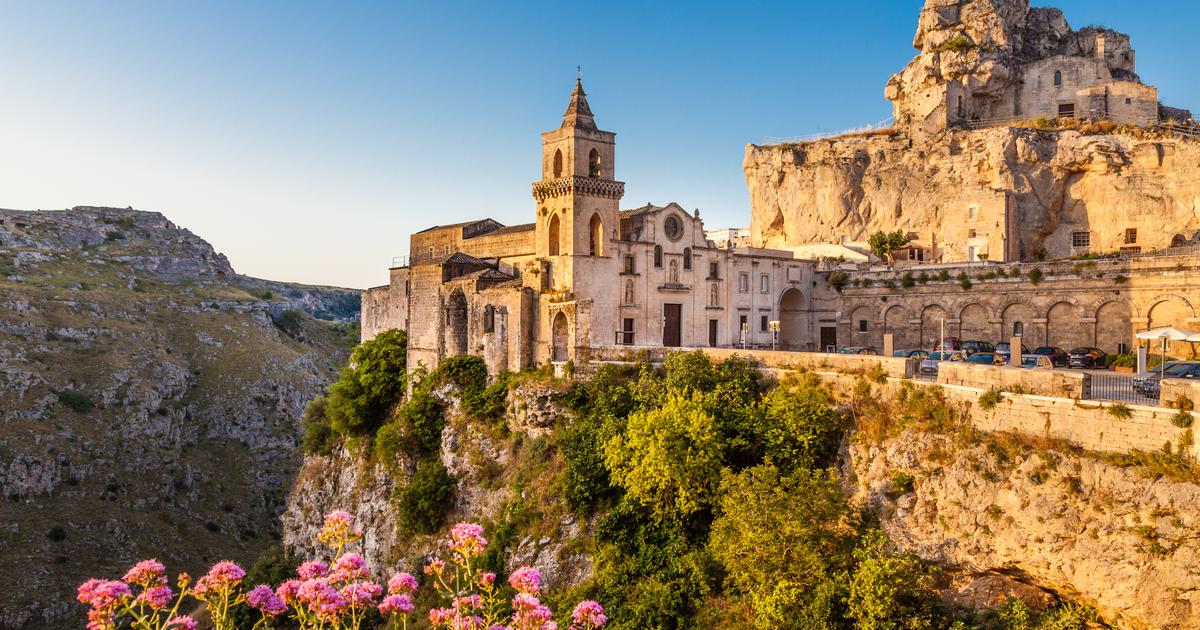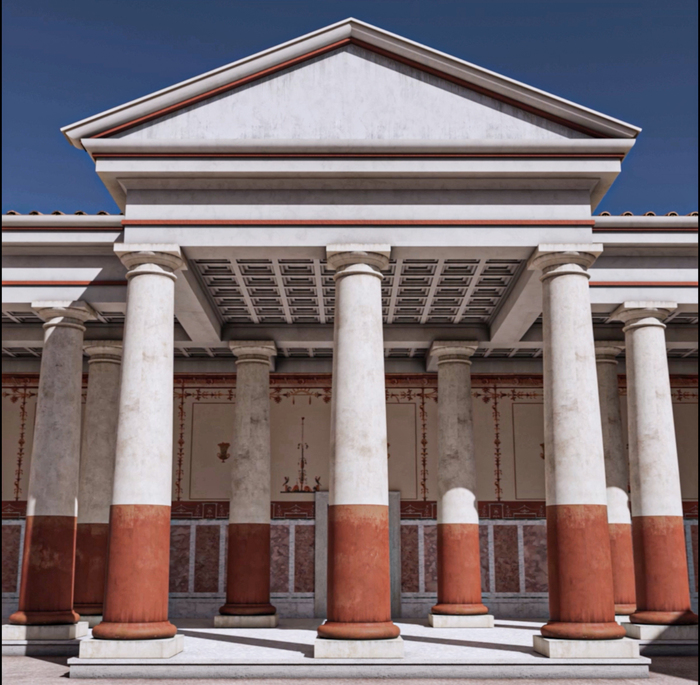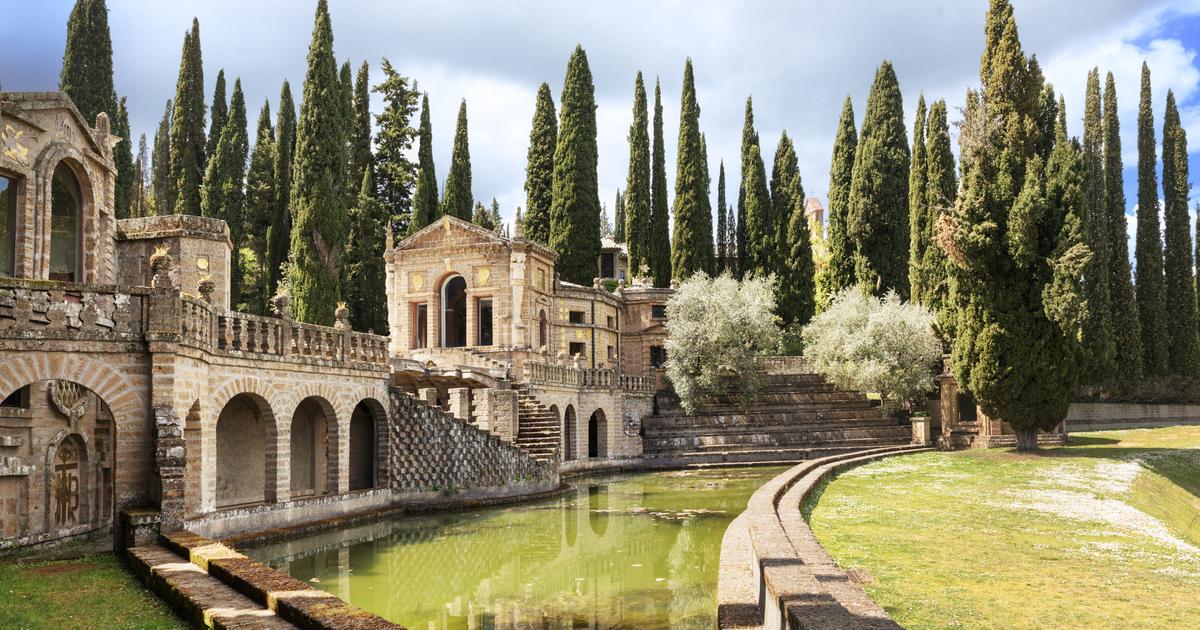Archaeologists had spent decades trying to bring to light this treasure that had spent almost 2,000 years hidden among the roots of some famous vineyards, less than two meters deep. The coronavirus pandemic that forced the excavations to stop for the umpteenth time last February seemed just one more impediment to the obstacle course that the study of the remains of a buried Roman villa in the province of Verona had become. Just a week after work resumed after confinement, it appeared: a splendid and colorful pavement mosaic, surprisingly well preserved, dating, experts believe, from the 3rd century AD, in imperial times.
Scholars discovered in 1887 the existence of this large villa, which according to their calculations has about 300 square meters of residential area. And it is decorated with sumptuous mosaics with representations of mythological scenes and with rich ornamentation of geometric shapes. But soon after, she was buried again "as if nothing had happened," explained the archaeologist in charge of the excavations, Giovanni De Zucatto to the local press. In 1922 and 1975 the same thing happened again, partial excavations were carried out that were once again buried. During all this time, different teams of experts had tried, without success, to uncover the archaeological jewels that this popular area of vineyards where wine has been produced since the 1st century AD is kept.
The investigation of 1922 was the most fruitful of all to date, good technical documentation of the findings and quality photos remain from that period, but there was no precise map that clearly located the town. A recent geo-radar survey carried out by the technicians of the Verona Superintendency has made it possible to place exactly on the ground the remains found almost a century ago and to put them in relation to the newly discovered ones. The decorations found are part, according to archaeologist Tina Campanile, who previously excavated in the area, of a large courtyard surrounded by columns, probably open to an internal garden.
Lack of budget has slowed down excavations. Also the frontal clash between the conservation of heritage and the protection of the local economy, based mainly on viticulture. One of Italy's most appreciated wines, Amarone de Valpolicella, is grown with the local corvina. Last year, 15 million bottles of this variety came out of those lands. In this case the land is private, and is in the hands of several sisters, reluctant to allow access to their property to avoid damaging the vineyards. This forces to stop the excavations for months to respect the harvest cycle.
More posts from this blog
The story of the 'youtubers' who gained fame and money by adopting a child and now they give him to another family
Japan prepares for UFOs
The goal of archeologists is now to determine exactly the extent and location of the ancient village and to find ways to make the discovered heritage accessible to the public. The road will be long and many resources will be needed, the Negrar City Council, where the excavation is located, has already warned. "We believe that a cultural site with so much value deserves attention, so together with the Superintendency and the agricultural owners we will find a way to enjoy this treasure," the mayor, Roberto Grison, told the L'Arena newspaper . The alderman has mediated between archaeologists and the landowners to facilitate the excavation of the trenches where the mosaics have been found.
The Superintendency acknowledges, in a statement, that the construction of an archaeological area open to visitors is "incompatible with any agricultural activity in situ ". Therefore, they point out that it is necessary to propose "a synergy of intentions and interventions" between institutions and local economic agents and producers. "And last, but not least, with the participation of the population in the project of rediscovery and reappropriation of this common archaeological heritage, objectively beautiful, as well as historically relevant," they point out.
Read more blog topics and follow us on Flipboard



/cloudfront-eu-central-1.images.arcpublishing.com/prisa/DWNMLKJJCJB7TBU7EWSPPPIT6Y.jpg)





